The Raspberry Pi foundation has released its latest version of the Raspberry Pi, the Pi 400.
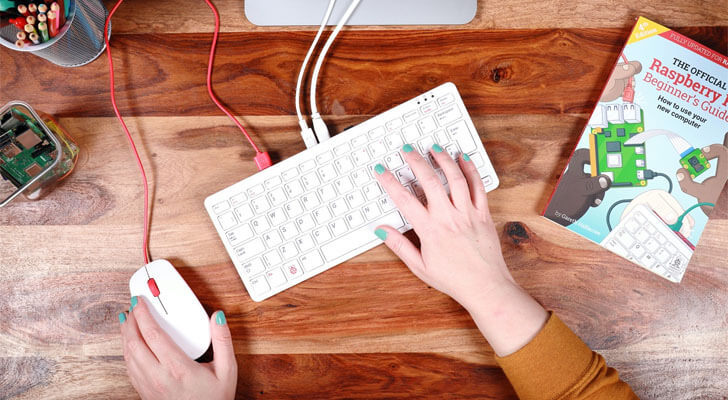
The Raspberry Pi 400 is one of the most exciting designs to date from the foundation.
The Pi 400 goes away from the rectangle credit card design to a new elongated board built into a keyboard.
What’s impressive about this new design is that it manages to fit almost all of the Raspberry Pi 4’s into this new sleek design.
These changes make the Raspberry Pi 400 the most portable Raspberry Pi to date and a perfect fit for education due to the more plug and play nature of the device.
The New Form Factor
The most significant and most apparent change about this new version of the Raspberry Pi is that it is now built entirely into a compact keyboard.
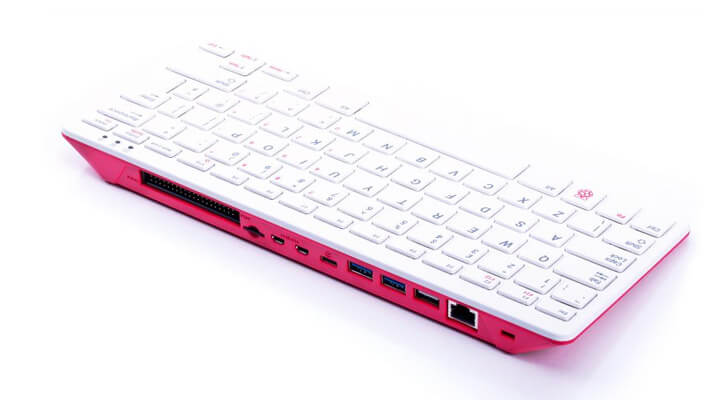
The Raspberry Pi foundation took inspiration from the Commodore 64 when designing this new Pi, choosing to implement almost all of the functionality of the Pi 4 within a slim keyboard case.
One of the biggest advantages of this change is the ease of use it brings to the Raspberry Pi, allowing you to easily and quickly use it as a portable desktop computer.
We can see this being an excellent tool for getting people into computing subjects like programming without spending a large amount of money on a full desktop PC.
Best of all, you don’t have to worry about also hooking up a keyboard to the Raspberry Pi as it is built within one.
One downside of this new form factor is that there will be zero support for the HAT’s
Hardware Features of the Raspberry Pi 400
An impressive feat of the Raspberry Pi 400 is that it features the same speedy processor used on the Pi 4.
You even still get access to the Pi’s 40 GPIO pins. To fit the pins into this new form factor, the team had to mount the GPIO pins horizontally.
Below you can check out our list of some of the features of the Raspberry Pi 400.
- Broadcom BCM2711 quad-core Cortex-A72 @ 1.8Ghz
- 4GB LPDDR4-3200
- Dual-band (2.4GHz and 5.0GHz) IEEE 802.11b/g/n/ac wireless LAN
- Bluetooth 5.0 BLE
- 2 x USB 3.0 Ports
- 1 x USB 2.0 Port
- Gigabit Ethernet
- Horizontally Mounted 40-pin GPIO Header
- 2x Micro HDMI Port
- MicroSD Card Slot
- 78 to 79 Key Compact Keyboard (Regional Variations)
- 5v USB-C Connector
While having fairly similar specifications to the Raspberry Pi 4, there are a couple of noticeable differences.
First, due to the limited space, they chose to remove one of the USB 2.0 ports.
Additionally, while being the same as in the Pi 4, the CPU is clocked 300 MHz higher. The higher clock will allow the Raspberry Pi 400 to be able to process things a little faster.
Of course, the most considerable overall change is the new form factor, with the Raspberry Pi being built into a compact keyboard.
Price of the Raspberry Pi 400
With the new form factor and ease of use comes with a new price tag.
There are two different ways you can purchase the Raspberry Pi 400. You can buy it as a kit or as a standalone unit.
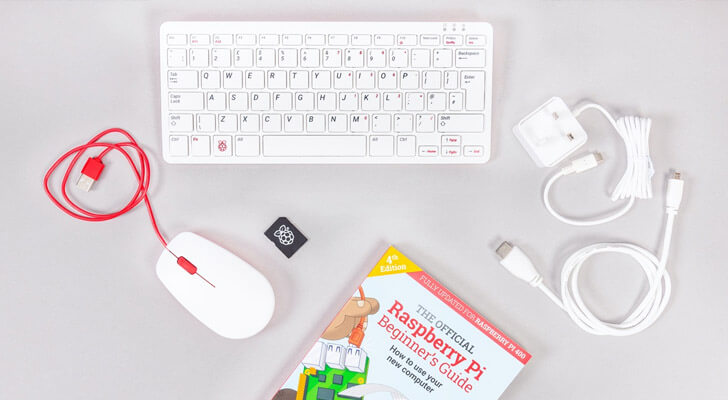
The Raspberry Pi 400 kit will set you back $100 USD (RRP).
This kit comes with everything that you need to get a Raspberry Pi up and running.
Below is a list of the equipment you get when purchasing the kit version of the Pi 400.
- The Raspberry Pi 400
- Official USB Mouse
- Official USB-C Power Supply
- SD Card with Raspberry Pi OS pre-installed
- Micro HDMI to HDMI Cable
- Official Raspberry Pi Beginner’s Guide
The kit is the best choice for those new to the Raspberry Pi and wants all the components in one easy to use package.
Best of all, this kit comes with the official power supply, meaning you should not have any power issues running the Pi 400.
An issue with Raspberry Pi’s is that many 3rd party USB-C and USB power supplies do not provide enough power to the device. The lack of power can cause both performance and stability issues for the Pi.
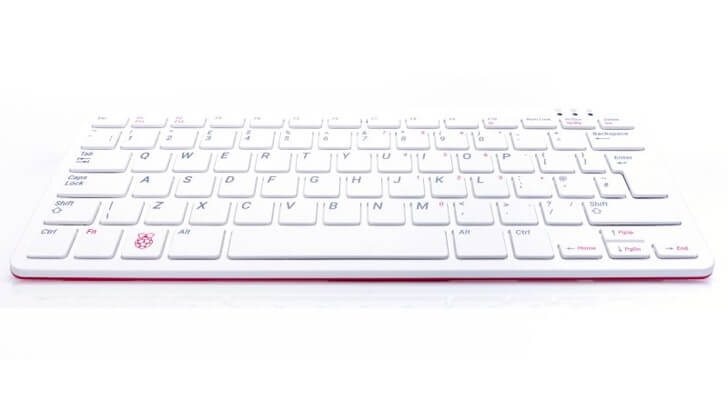
The standalone Raspberry Pi 400 comes at the smaller price tag of $70 USD (RRP).
Of course, this reduced cost means you only come with the Pi 400, making it not as attractive as an offer for those who don’t already own other Raspberry Pi’s.
Suppose you have a spare mouse, power supply, and an SD card lying around. In that case, buying the standalone unit is the perfect choice for you, especially with the reduced cost.
Make sure that when you buy the standalone Pi 400 that your USB-C power supply will be able to provide the power the device requires.
If you decide to purchase a Raspberry Pi 400, be sure to check out our vast range of projects that you can use on the device.
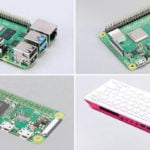
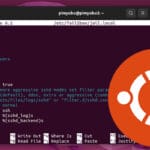

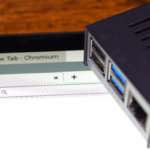
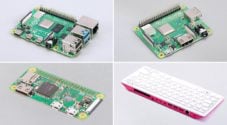
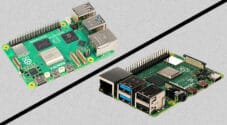

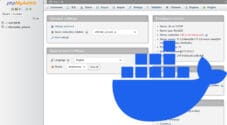

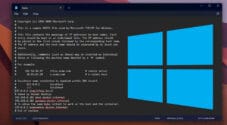
Need faster help? Premium members get priority responses to their comments.
Upgrade for Priority Support